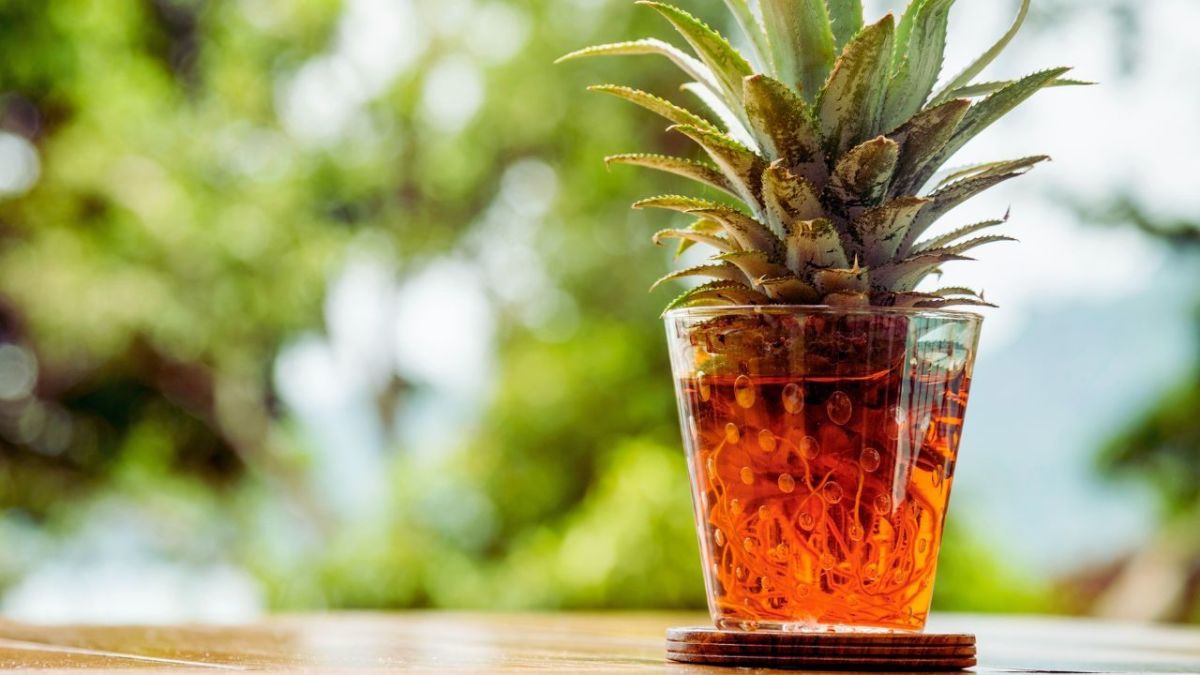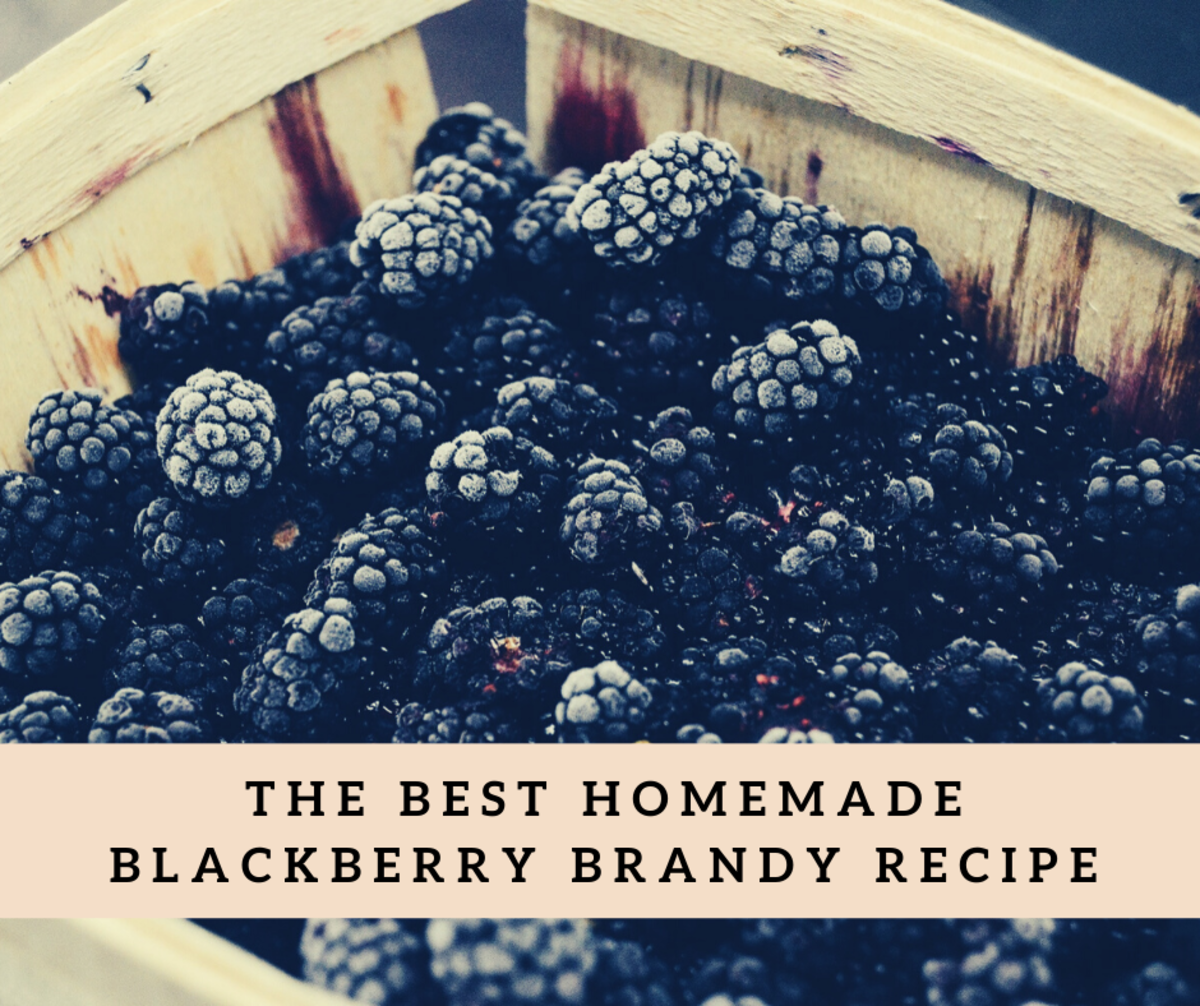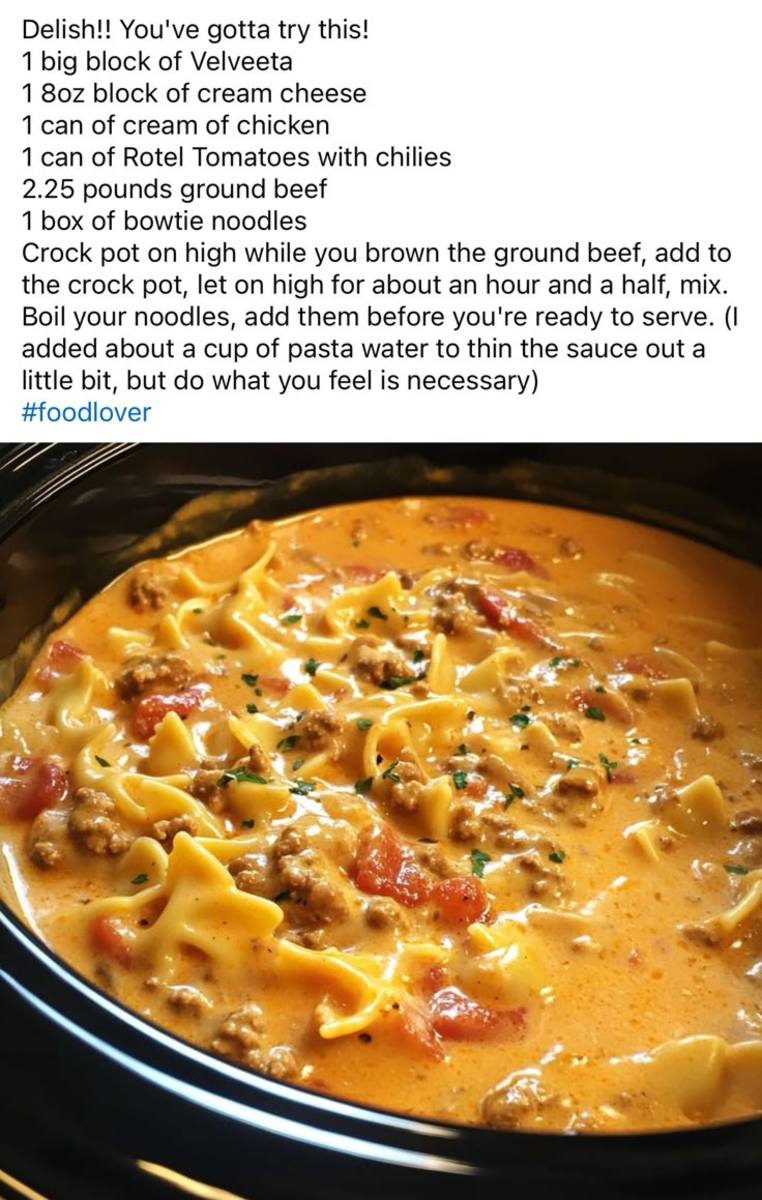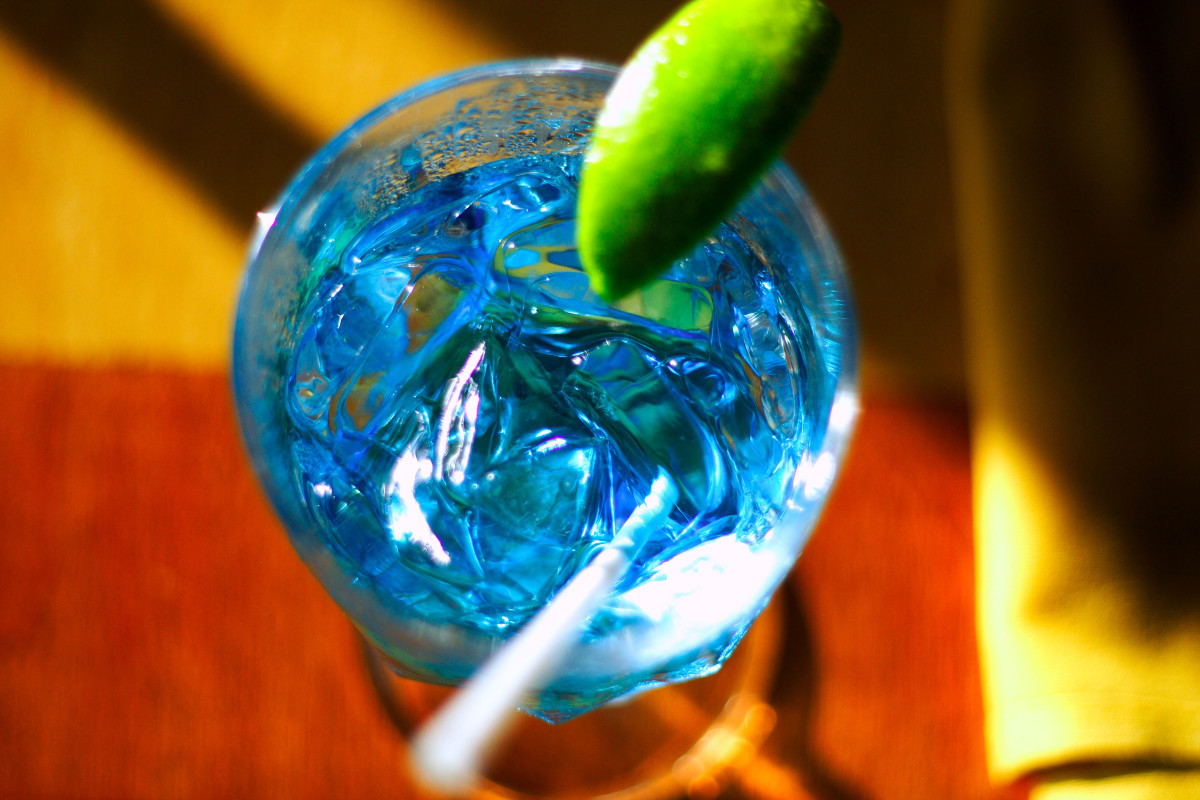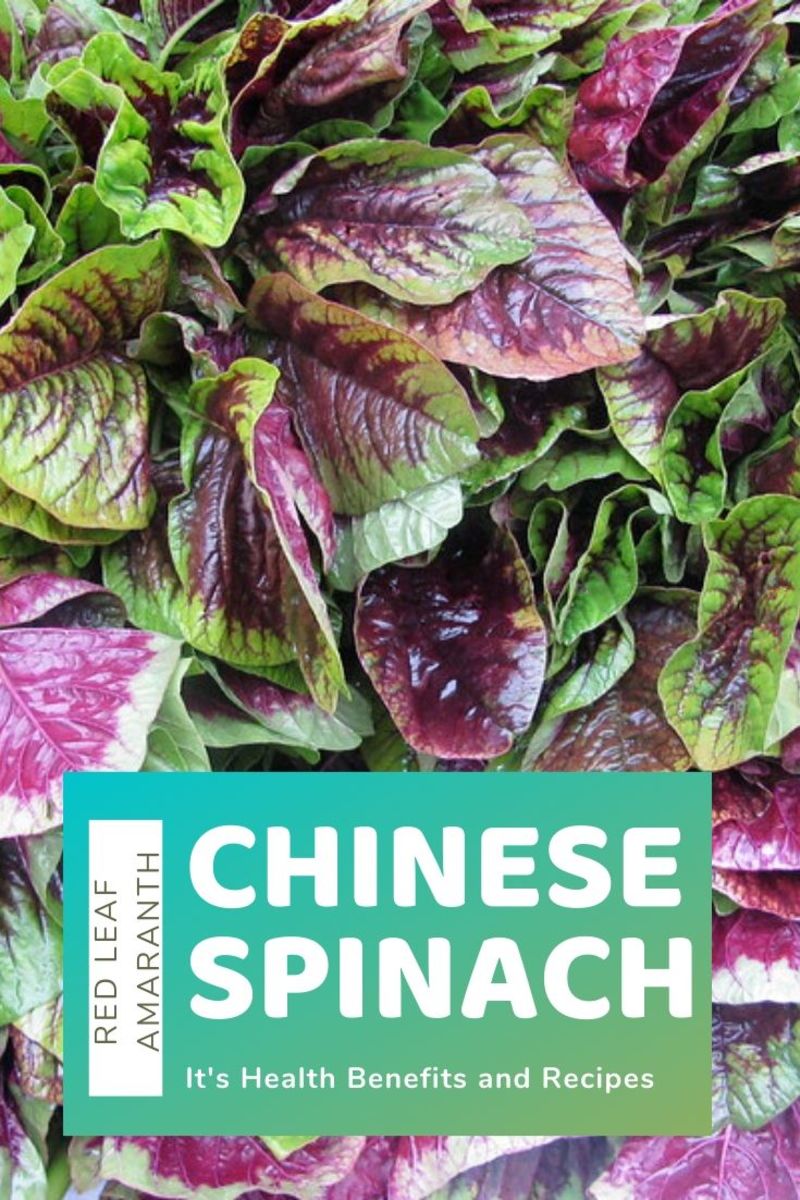USE OF BROMELAIN IN BAGOONG MAKING
USE OF BROMELAIN IN BAGOONG MAKING
Bromelain extracted from the fruits, peelings and leaves of pineapple plant in bagoong making had raised the following questions:
1. What is the degree of effectiveness of the enzyme bromelain extracted from the (a) fruits; (b) peelings; and (c) leaves of pineapple in terms of the following:a. fermentation period; b. organolyptic quality; c. shelf-life of the finished product?
2. Is there a significant difference between the fish bagoong without bromelain and with bromelain extracted from the fruits, leaves and fruit peelings of pineapple in terms of fermentation period, organolyptic quality and shelf-life.
3. Is there a significant difference between the effectiveness of the enzyme bromelain extracted from the fruits, leaves and peelings of pineapple in terms of the three aforementioned variables?
A certain researcher, Cruz, had investigated and made use of the experimental method of research with fish “dilis,” the bromelain from the fruits, peelings and leaves of pineapple plant as the research materials.
The experimental set-ups were the following: Set-up 1 (control)
140 grams fish dilis 70 grams salt no bromelain
Set-up 2
140 grams fish dilis 70 grams salt 1.6 bromelain from fruit
Set-up 3
140 grams fish dilis 70 grams salt 1.6 bromelain from leaves
Set-up 4
140 grams fish dilis 70 grams salt 1.6 bromelain from peelings
The experiments were performed at the Science laboratory of the Pangasinan State University, Lingayen, Pangasinan. The evaluators or the tasters of the finished product which is the fish bagoong were the 120 faculty members and students of Pangasinan State University.
Data collected were treated statistically using frequency counts and mean. The t-test was employed to determine if there was a significant difference between the fish bagoong in the different experimental set-ups in terms of fermentation period, organolyptic quality and shelf-life.
Significant Findings
The significant findings in her investigation are the following:
Effectiveness of Bromelain Extracted
From Pineapple in Bagoong Making
The fermentation period of fish in bagoong making was shortened to 31-40 days when bromelain extracted from pineapple fruit was added. It took 61 or over for the fish without bromelain to become fully fermented while the fish with bromelain extracted from pineapple leaves and fruit peelings became fully fermented on 41st to the 50th day.
Thus, bromelain extracted from the pineapple fruit, leaves and fruit peelings can shorten the fermentation period of fish in bagoong making.
Organolyptic Quality
This fish bagoong without bromelain was like very much by the faculty members and students starting on its 180th day or 6th month. The fish bagoong with bromelain from pineapple fruit, leaves, peelings were liked very much starting on its 120th day or 4th month. This is also an indication that the fish with bromelain go fully fermented ahead of the fish without bromelain. Also, the good flavor, color and taste of the fish bagoong was improved as the period of storage was lengthened.
There is an increasing degree of effectiveness of bromelain in bagoong making in terms of organolyptic quality, measured through their flavor, taste and color as the fermentation period is increased until such time when molds appear and the odor becomes bad as evidenced by the changing of the pH of the bagoong to alkaline from acidic.
Shelf-Life of Fish Bagoong
The fish bagoong in all treatments (with or without bromelain) were still acidic up to the 10th month. However, one replication became neutral starting on the 210th day in the control where no bromelain was added. This is an indicator that bagoong in this particular container had already started to become spoiled. In these cases, there were still no signs of mold growth and bad smell.
The fish bagoong with bromelain from pineapple fruit had no signs of spoilage until the 240th day or the 8th month. The first signs of spoilage which is the increase pH of the bagoong to alkaline or basic appeared on the 270th day in only one replication.
For the fish bagoong with bromelain from pineapple peeling, the first sign for a start of spoilage was seen on the 210th day. One replication was thrown away on the 300th day or the 10th month because it was already spoiled as evidenced by the alkaline or basic pH, appearance of molds and bad smell.
Like the fish bagoong without bromelain, the first sign for a start of spoilage appeared on the 240th day in one replication with bromelain from leaves as evidenced by the alkaline pH.
Significant Differences Between the Fish Bagoong With and Without Bromelain
There was significant difference between the fermentation period of the fish without bromelain and with bromelain extracted from pineapple fruit, leaves and fruit peelings. The fish with bromelain had a shorted fermentation period than the fish without bromelain, as shown in the t-value of 19.45.
There were no significant differences between the organolyptic quality and shelf-life of fish bagoong treated with bromelain and without bromelain as evidenced by the computed t-value of 2.12 and .548, respectively.
Significant Difference in Effectiveness Of Bromelain From Pineapple
Fish with bromelain from pineapple fruit got fully fermented ahead of the other treatment (with bromelain from pineapple peelings and leaves) as evidenced by the 3.17. This means full fermentation was attained on the 31st day to the 40th day compared to the means of 4.33 to 4.5 which showed that the fish bagoong became fully fermented on the 41st or more days.
The computed t-value of 3.47 matching the two pairs of fish bagoong with bromelain extracted from the fruit gave a significant difference in the taste, color and flavor of the bagoong because it was greater than the critical value at from the fruit had a better taste, color and flavor than the other fish bagoong with bromelain from leaves and fruit peelings.
Shelf-life
There were no significant differences between the shelf-life of fish bagoong treated with bromelain from the fruits, leaves and fruit peelings as shown in the computed values of .833, 1.99 and 1.47, respectively.
THE EFFECT OF BROMELAIN IN BAGOONG MAKING
The fermentation period or the aging process of fish in bagoong making is hastened or shortened when bromelain extracted is added, although pineapple fruit give the shortest period of fermentation.
1. The organolyptic quality of fish bagoong measured through its color, flavor and taste is best in the fish bagoong with bromelain from fruits of pineapple. This characteristic qualities are improved as the bagoong is stored for longer periods.
2. The shelf life of fish bagoong is a litter bit longer when bromelain from pineapple fruit is added during the fermentation period.
3. The shelf life of fish bagoong can be determined by getting its pH, observing for the appearance or growth of molds and bad smell.
4. Bromelain extracted from the pineapple fruit contributes to the shortening of fermentation period of fish in bagoong making and improves the organolyptic quality and shelf life of the finished product.
An advice for the Bagoong Makers
1. Fish bagoong manufacturers should be advised by the proper authorities to start using bromelain from pineapple fruits to improve their product in terms of flavor, taste and color; to lengthen the shelf-life of the finished product and to hasten the aging period of the fish in the process of manufacturing.
2. More researches about the use of enzymes extracted from plants should be conducted by biologists, agriculturists and other researchers so that the use of commercial enzymes which are expensive and hazardous to the health of man will be minimized.
3. Fish bagoong manufacturers should be advised not to use synthetic commercial enzymes in the manufacture of fish bagoong.
-end of article-
SUGGESTED FURHTER READINGS RELATED TO BAGOONG MAKING AND THE USE OF PINEAPPLE IN FERMENTATION
Bacon and FTI, “Pineapple Production in the Philippines,” Journal of Philippines Statistics. 1975.
Boyer, Paul D. et.al., “The Enzyme” Academic Press Inc. London Ltd. 1960.
Clarence, J. Hylander. 1960. The World of Plant Life. The McMillan Company.
Christensen, Halvor N. 1975. Dissociation, Enzyme Kinetics, Bioenergetics; A Learning Program for Students of the Biological and Medical Sciences. Philadelphia: W.B. Saunders Company.
Cuenas and Berba. “Characteristic of the Three Most Important Pineapple Cultivars”, Journal of Philippine Statistics, 1970 and 1971.
Desvosier, Norman W. “Elements of Food Technology” Ani Publishing Company, Westpoint, Connecticut 1977.
De Leon, Sonia. 1966. “Preservation of Fruits in the Philippines”. Alemors Publishing Company, Quezon City.
Dimaguela, Saturnino. 1963. “Used of Pineapple Juices, Citrus Juices, Tomato Juices and Coconut Water as Medium of Sucrose.”
Hecadine, A.A. 1980. “Relative Effectiveness of Pineapple, Dalanghita, Coconut and Tomatoes as Media for Producing Nata,” Unpublished Theses.
Hylander, Clarasce J. 1960. “The World of Plant Life”. The Mamilla Americana Company California.
Jensen, William A. and Solisburg, Frank b. 1972. “Boany: In Ecological Approach”, Wordsworth Publishing Company. California.
Knut Norstog, and Robert, Long W. 1976. Plant Biology. W.B. Saunders Company
Lapedes, Dawel M. “Enzymes, Dictionary of Scientific and Technical Terms.” Mc Graw-Hill Book Company, 1978.
Leetsch, Watson M. “Planets Basic Concepts in Botany.” Little Brown and Company Inc., Cameda. 1979.
Meihaly, Elmar. 1972. Application of Proteolytic Enzymes to Protein Structure Studies. Cleveland, Ohio: The Chemical Rubber Co.,
Norstog, Kuant and Long, Robert W. “Plant Biology” W.B. Saunders Company, California. 1976.
Romeo, E.T., “Production of Vinegar from Pineapple Juices”. Published Brochures, MIST, Manila.
Stewart, George F. and Amerie, Maynard A. “Introduction to Food Science and Technology: A Series of Monograph. Academic Press New York & London. 1973.
Summer, J.B. “Chemistry and Method of Enzyme” Academic Press Inc., London Ltd. 1967.
Umbico, Ma. Fe Tantoco, “Sugay Fruits Juices Like Pineapple Coco Water, Papaya, Guayabano, Banana as Good Fermenters, “Department of food Science and Technology Journal, DFST U.P. Los Baños Laguna.
Valmayor Et.al., and NEDA. “Philippine Export of Fresh Pineapple and Phil. Export of Processed Pineapple Products”, of Journal of Philippine Statistics. 1974 and 1975.
William, Jensen A. and Salisburg, Frank B. 1984. Botany Second Edition. Wadworth Publishing Company.
JOURNALS
Bagoong Making. 1978. Greenfields Philippine Farmers.
Bagoong. 1978. Papain Hastens Bagoong Making. Philippine Farmers Journal.
Belony, B. and Mosilungan, dela Cruz et.al., 1978. Investigation of Some Philippine Plants for Anticmicrobial Substances Flora. Philippine Journal of Science.
Enzymes Commercial Preparation Biochemical Enzymes Boost Crop Yield. 1979. Greenfields Philippine Farmers Journal. Investigation of some Philippine Plants for Antimicrobial Substances Flora.
Enzyme Defects and Immune Dysfunction. 1977. Symposium on Enzyme Defects and Immune Dysfunction. New York Excepta Medica.
Enzyme Defects and Immune Dysfunction. 1978. Enzymes Congresses. Symposium on Enzyme Defects and Immune Dysfunction. London.
Pineapple Juice: Make Wine Out of Pineapple Juice. 1979. Philippine Farmers Journal.
Pineapple Fibers: The Retting Process. 1980. Philippine Texttile Information Digest.
Paul J.K., 1975. Fruit and Vegetable Juice Processing. Park Ridge, New Jersey Noyes Data Corp (Food Technology Review, 20:21).
Ruben, Lampa R. 1980. Pineapple Cultivation, Pineapple as an intercrop. Greenfields Illustration Philippine Journal.
Ryuga, Kay, 1980. Fruit Culture: Its Science and Arts. New York; John Willy and Sons.

